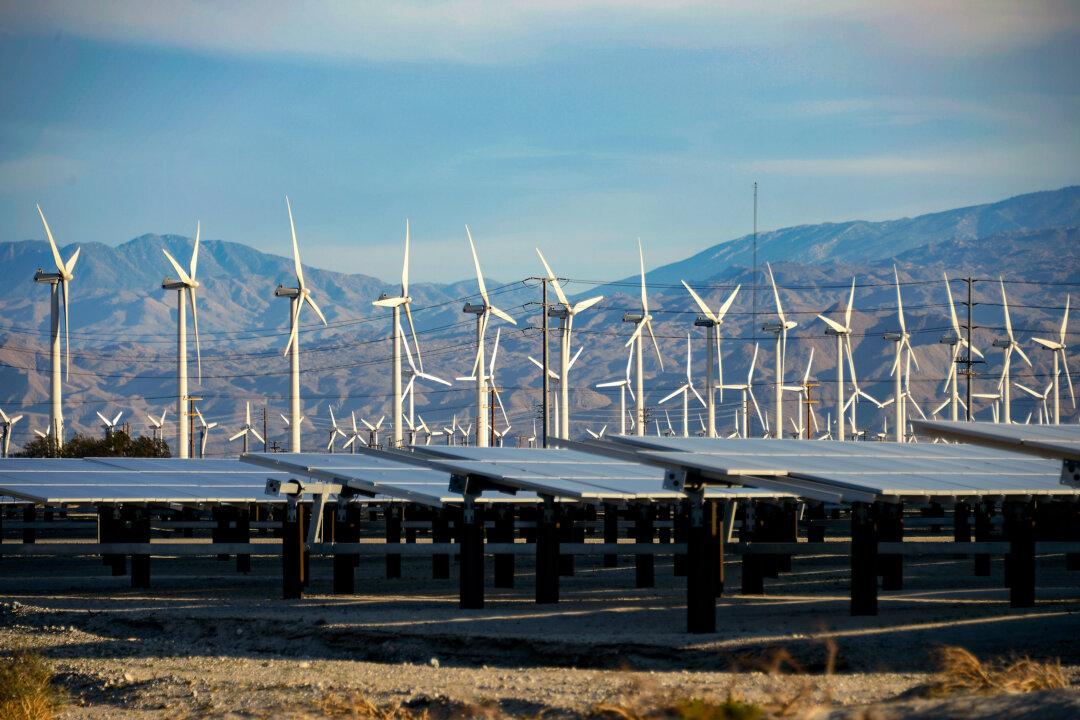The Biden administration has finalized two areas for situating floating offshore wind farms along the Oregon coast. The move is part of broader efforts to deploy up to 15 gigawatts of electricity through various floating sites by 2035, which will power millions of homes.
The two locations, covering about 195,012 acres, are both located offshore of southern Oregon, the Bureau of Ocean Energy Management (BOEM) announced in a Feb. 13 press release.





